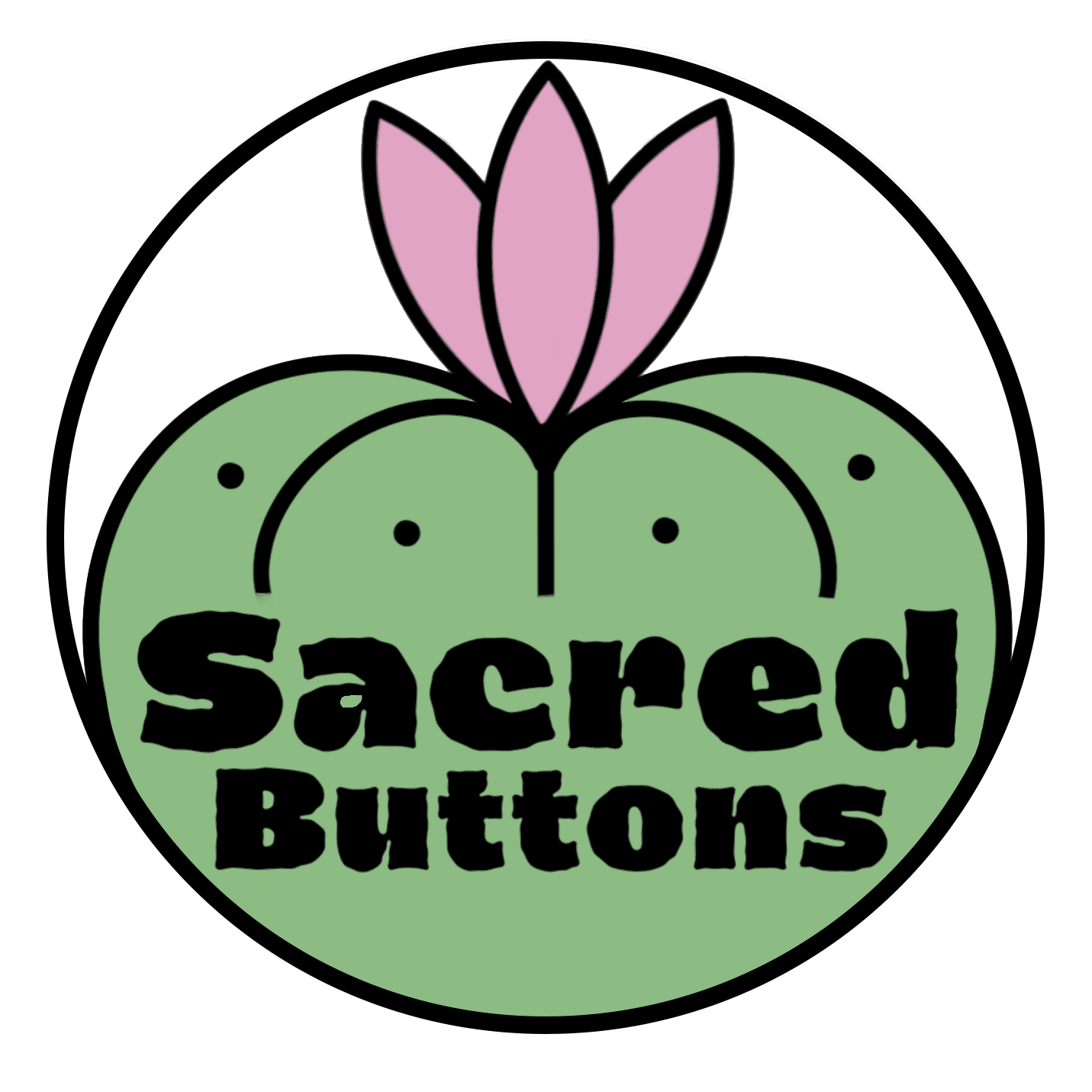Deep in the southwestern United States and northern Mexico, sacred ceremonies began taking place thousands of years ago. Thought to have originated with the Wixáritari people of Mexico, these ceremonies involve ingesting a psychedelic cactus known as Peyote (Lophophora williamsii).
Today these ceremonies are practiced by indigenous peoples spreading across North America, including the Comanche, Navajo, Cherokee, and Apache to name a few.
To these people, peyote is thought to cure oneself physically, mentally, and emotionally. It is a way to gain insight, connect with nature as well as others, and communicate with the spirits of ancestors and deities.
Preparing For The Peyote Ceremony
The peyote ceremony takes place outdoors, commonly in a tipi. This is to facilitate a deeper connection with nature. Members sit in a circle around an altar of sacred items such as feathers and crystals. Sitting in a circle symbolizes an interconnectedness with each other.
Preparation for the ceremony is done in the form of prayer, purification rituals such as smudging, and offerings to the spirits. Members may also fast before the ceremony.
The peyote is handed out by a shaman (also referred to as a roadman/woman or medicine man/woman) in either a dried button form which is chewed or a tea which is brewed from these buttons. The shaman carefully chooses the dose for each member depending on the depth of healing needed and their previous experience with the cactus.
The Experience Begins
As the effects of the peyote take hold, members are eased through the experience by the soothing sounds of drums and chanting. The shaman helps to guide the healing process through meditation, addressing peoples fears, and working through their traumas.
The effects of peyote are very profound and enlightening. It produces colorful hallucinations, strong emotions, and feelings of euphoria. People claim to be elevated to a higher state of consciousness and feel that they are one with nature, others, and the universe. Sound, color, and tactile feelings may also be intensified.
The whole experience can last up to 12 hours. As the effects wear off, members reflect on the insights gained and lessons learned. They may also share their experience with others. There is a closing ceremony that consists of prayers which give thanks to spirits and gratitude for the experience.
After the Ceremony
In the weeks following the peyote ceremony, members are encouraged to integrate what they have learned into their daily lives. There is there is a strong sense of community, with members often supporting each other during this time.
The structure of these ceremonies may vary depending on the indigenous communities that practice them. Anyone wishing to participate in a peyote ceremony must approach it with respect and with proper intentions.

